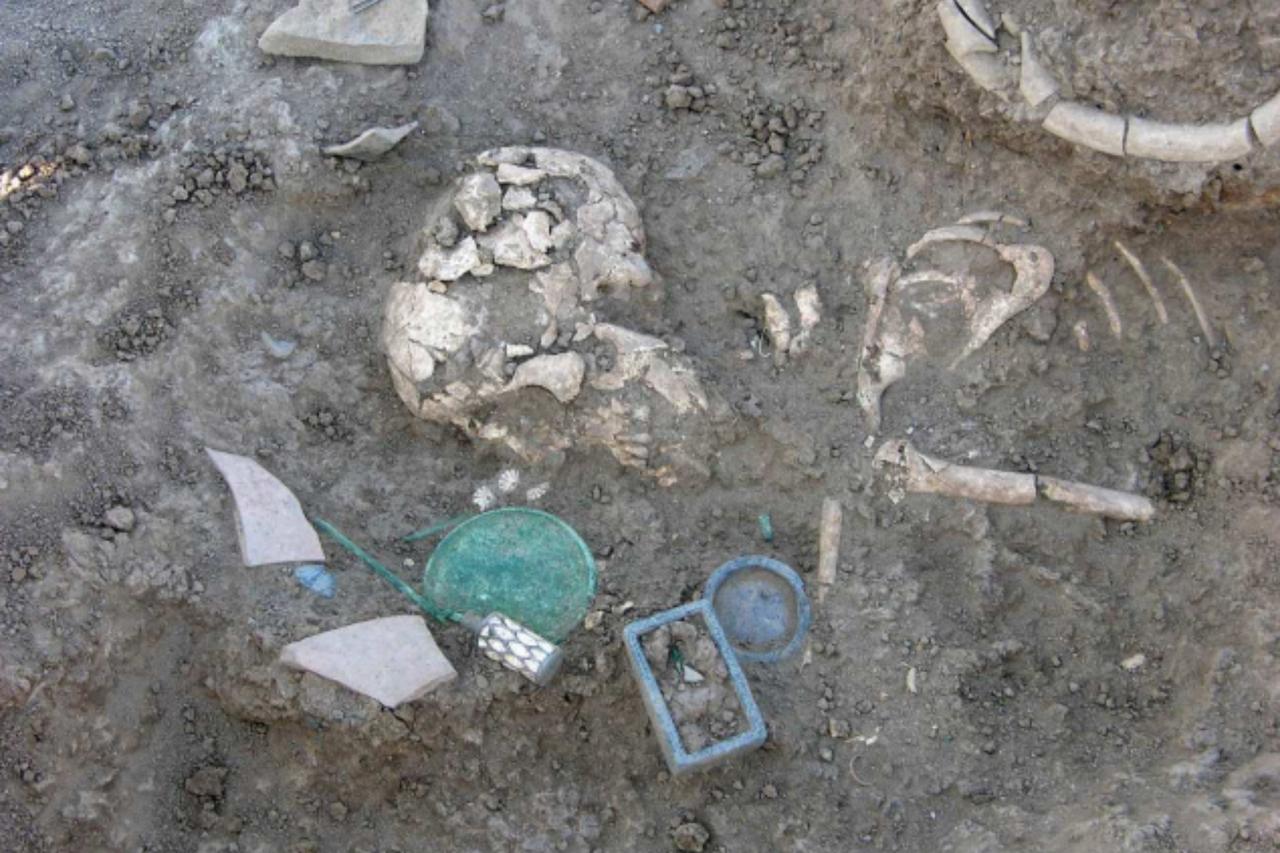
A remarkably rich burial discovered at the Tepe Chalow archaeological site in northeastern Iran has offered a rare glimpse into the customs and reach of the Greater Khorasan Civilization, a Bronze Age culture associated with the broader Bactria-Margiana Archaeological Complex (BMAC).
Identified as Grave 12, the tomb contained the remains of a female adolescent under the age of 18, buried with 34 luxury items that testify to her elevated social status and the sophistication of her community.
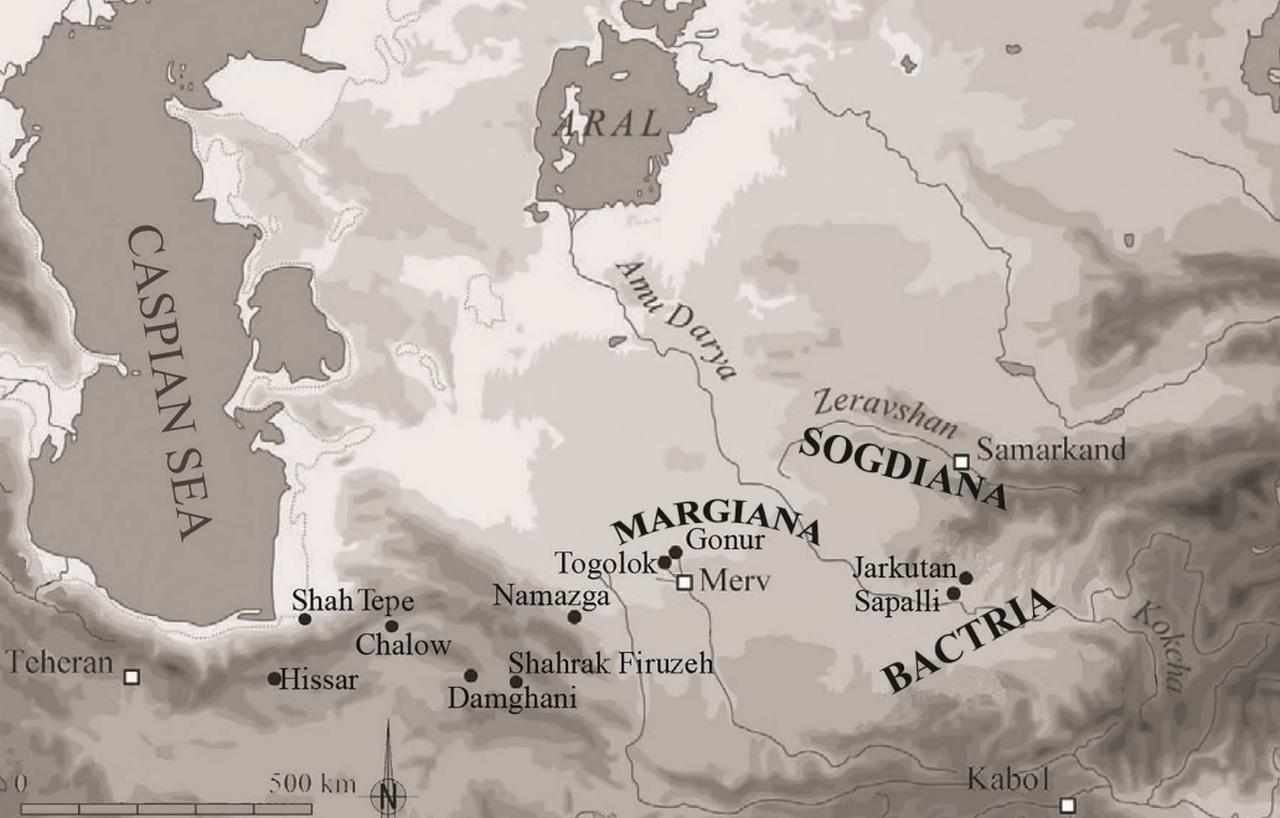
The burial, oriented northeast-southwest, followed the Chalow tradition of laying the body in a crouched position on its right side, with the face turned southeast. Arranged carefully near the face, feet, and back were finely made pottery vessels, stone containers, gold and bronze ornaments, and symbolic seals. The grave was located just 15 centimeters (5.9 inches) beneath the surface due to erosion, and its location near an ancient underground water channel (qanat) preserved it from agricultural damage.
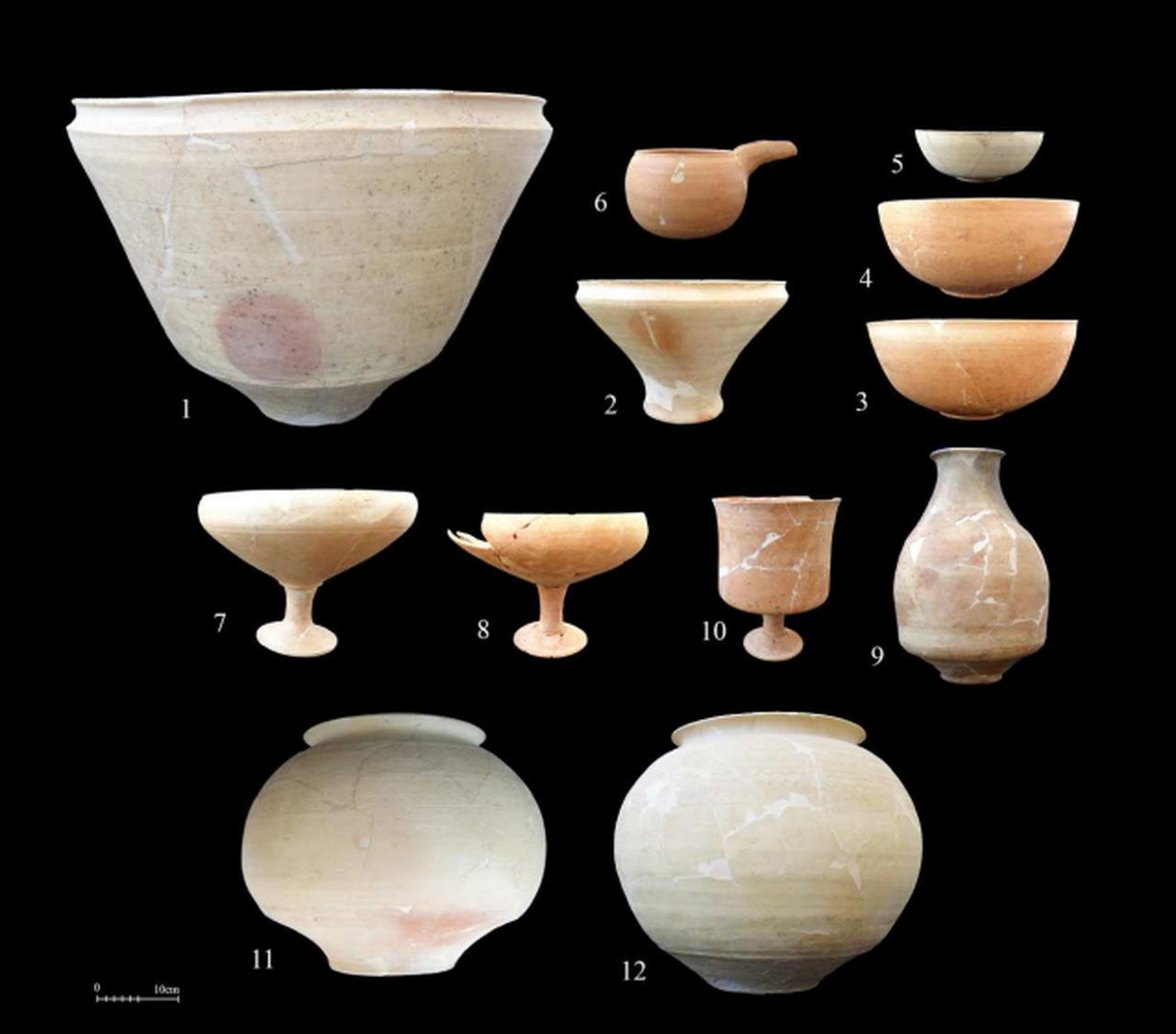
Among the grave goods were 12 pottery vessels typical of the Greater Khorasan Civilization, including conical vats and bowls, jars with incised decorations, and pedestal-based goblets.
Several items were directly comparable to finds from sites across Central Asia, including Margiana, Bactria, and southeastern Iran, suggesting the widespread cultural influence and trade networks of the time.
A particularly notable find was a bronze mirror and a set of four bronze pins—one of which featured a rosette clasp held by a sculpted hand—alongside two ivory pins. A pair of simple gold earrings and a gold finger ring, along with two bronze bracelets worn by the deceased, underscored the wealth of the burial. Near the throat lay a bronze stamp-seal engraved with a pair of human feet, a symbol possibly associated with religious or protective meanings.
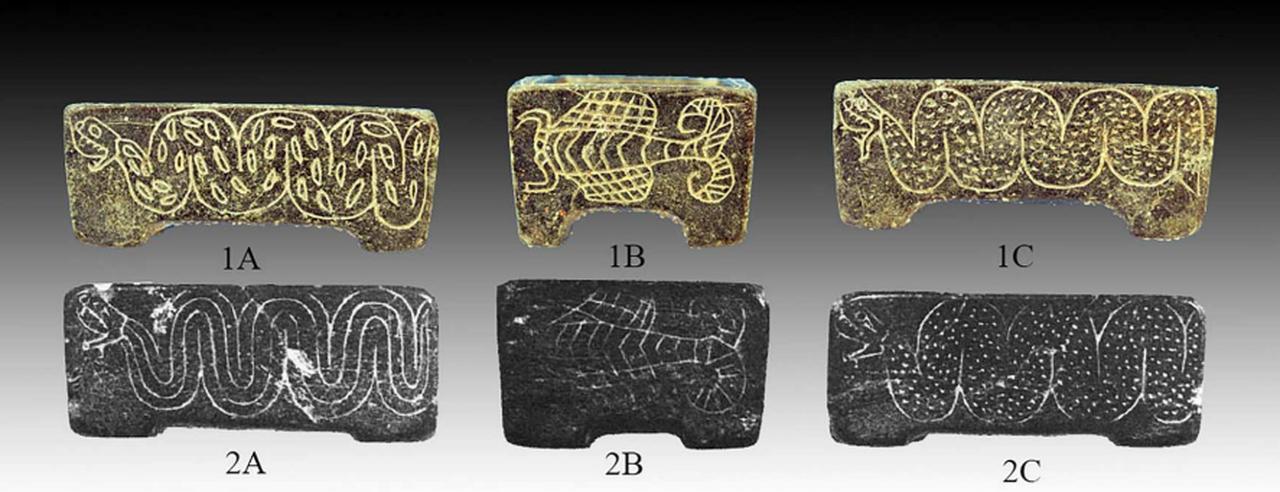
Three cosmetic containers carved from chlorite were also recovered, including a rectangular box with feet, incised with aggressive snakes and stylized scorpions. These animal motifs, depicted with detailed textures, may have served ritual or protective functions.
The box's craftsmanship and materials suggest contact with distant regions and the use of imported stone, including serpentine and lapis lazuli.
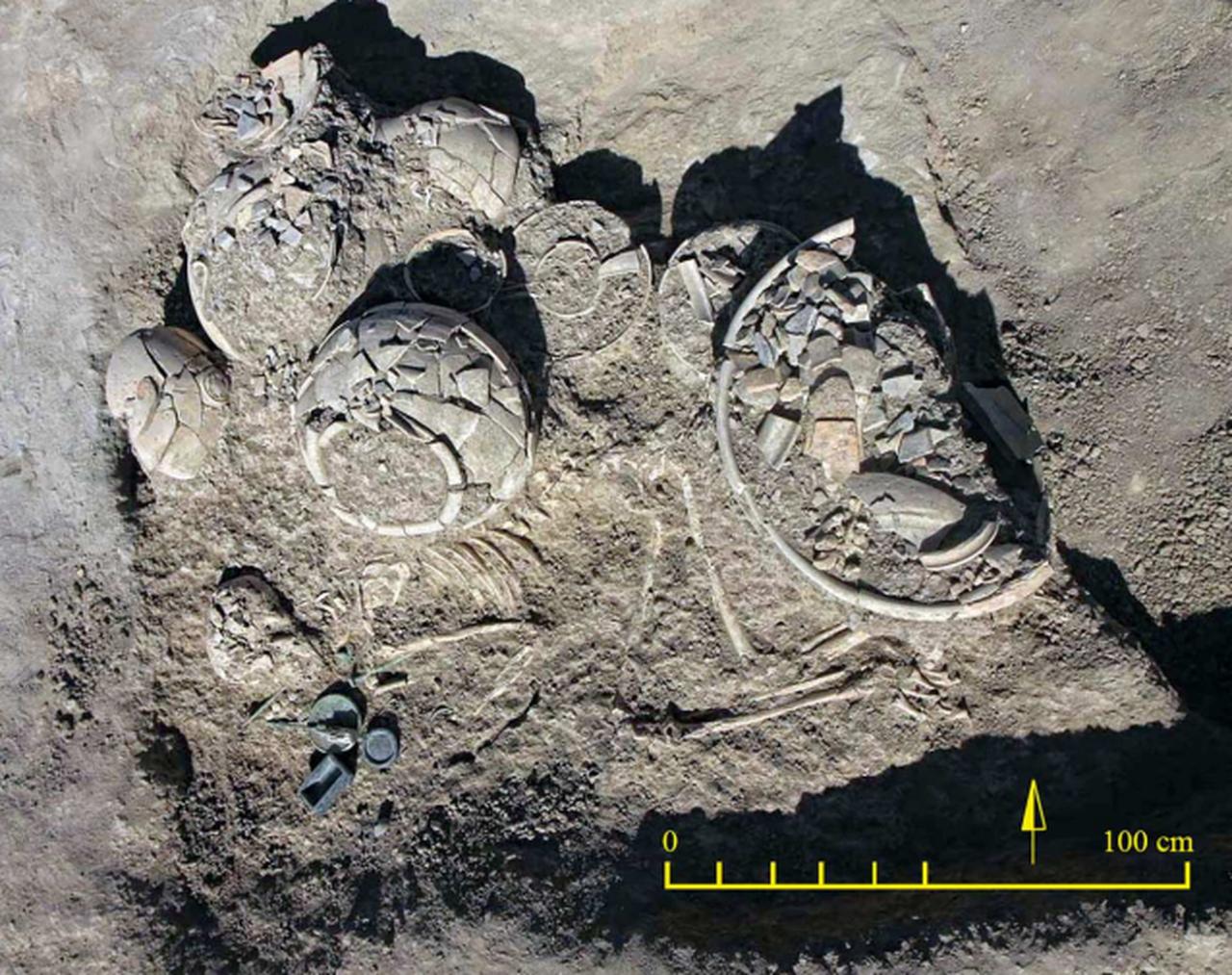
The burial practices at Chalow appear to reflect social structures in which women held notable roles. In the Greater Khorasan necropolis, female graves were often richer in goods than male ones and typically included items such as mirrors, kohl containers, and jewelry.
The presence of food offerings—such as sheep bones placed in cooking vessels—reinforced the belief in a continued existence after death.
Across the four excavation seasons, 38 graves were uncovered, mostly forming small, widely spaced clusters likely used by extended families.
Erosion and weathering have exposed many graves close to the surface, while earlier layers beneath the GKC tombs show evidence of even older burials and storage areas, suggesting continuity of settlement at Chalow over centuries.
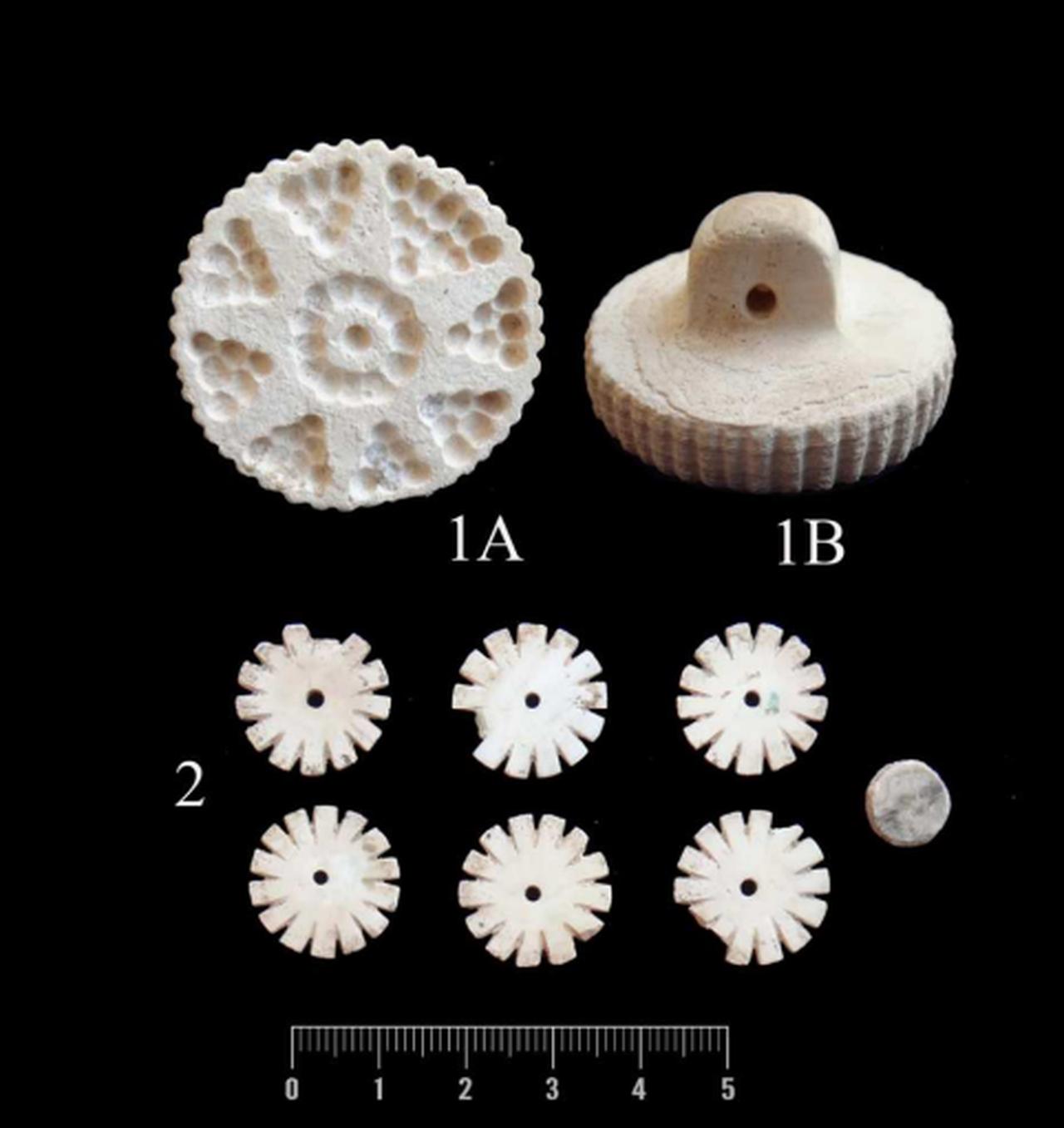
Grave 12 is located in the so-called "expansion area" of the Greater Khorasan Civilization, a Bronze Age culture that extended from present-day northeastern Iran into Turkmenistan, Uzbekistan and northern Afghanistan.
This archaeological zone overlaps with the broader BMAC and was known for its sophisticated crafts, trade, and religious imagery.
Scholars suggest that the Khorasan region, though once considered peripheral, played a central role in shaping the cultural and political networks of Bronze Age Central Asia.
Materials found in the grave—including incised ceramics, composite beads, and compartmented seals—support the view that the Khorasan civilization was both a recipient and a contributor in this interconnected world.